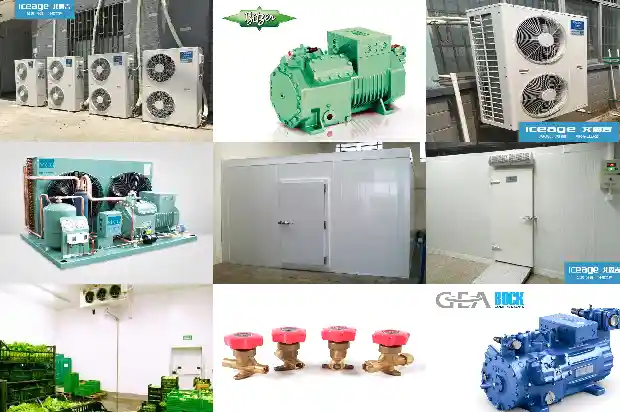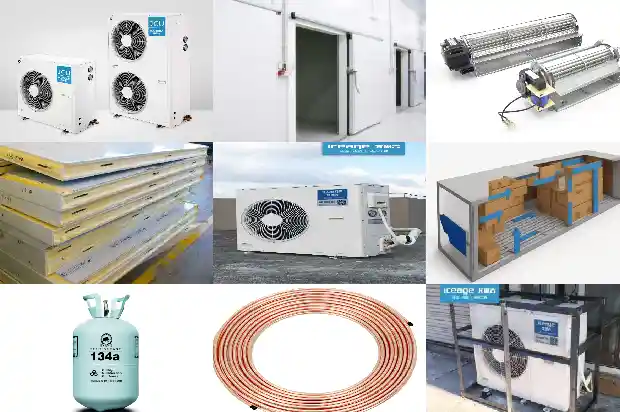Simple Ways to Judge the Condition of Electric Motors
2025-01-01
I. How to Check the Condition of an AC Three - Phase Motor?
- Use a megohmmeter: A 500V megohmmeter is sufficient. Measure the insulation resistance between the wires on the three terminals and the motor housing. If it is above 0.5MΩ, it indicates that there is no short - circuit to the ground.


- Use a multimeter: Measure the resistance values between phases A, B, and C. They should be approximately equal. Even if there is a significant difference, the motor can still run, but its service life will be short. Keep in mind that the larger the motor, the smaller the resistance value. However, the resistance of all three phases cannot be 0Ω, unless it is an extremely large motor, such as one above 50KW. Note that for a speed - regulating motor, the resistance values of the 6 terminals are different.
- Check the bearings and the fan: Usually, when rewinding the motor, it is advisable to replace them all. Sometimes, if the bearing is locked, it can also cause the motor to burn out.
- The no - load current of the motor is generally 10% - 50% of the rated current. Sometimes, the no - load running current of the motor can even be zero.
- When the motor runs at the rated current, it is operating at full load, and the output power is basically 100%. If the running current is small, it means that the output power of the motor has decreased, and it is operating under a light load.
II. How to Check the Condition of an AC Single - Phase Motor?
Use a 500V megohmmeter to measure the insulation resistance between the motor windings and the housing. It should not be less than 0.5 megohm. Use a multimeter to measure each lead of the windings to check for no open - circuit. If the above conditions are met, the motor is in good condition.
It is more convenient to use an analog multimeter to check the condition of the capacitor (some digital multimeters also have a capacitance measurement function and can measure directly).
Set the multimeter to the 1K or 10K resistance range and measure the two leads of the capacitor. If the meter needle deflects rapidly to the right and then slowly returns to the left, the capacitor is good. If the needle always deflects to the right, it indicates that the capacitor is short - circuited. If the needle does not move, it means that the capacitor is internally open - circuited or has no capacitance. This method can only determine whether the capacitor is good or bad.
It is more convenient to use an analog multimeter to check the condition of the capacitor (some digital multimeters also have a capacitance measurement function and can measure directly).
Set the multimeter to the 1K or 10K resistance range and measure the two leads of the capacitor. If the meter needle deflects rapidly to the right and then slowly returns to the left, the capacitor is good. If the needle always deflects to the right, it indicates that the capacitor is short - circuited. If the needle does not move, it means that the capacitor is internally open - circuited or has no capacitance. This method can only determine whether the capacitor is good or bad.
III. How to Check the Condition of a DC Motor?
First, check for any open - circuits and measure whether the resistance is normal.
For a brushed DC motor, rotate the rotor and use a multimeter to measure whether the output DC voltage is normal.
For a brushless DC motor with three - phase leads, rotate the rotor and use a multimeter to measure whether the output alternating voltage is normal.
The magnitude of the output voltage is proportional to the rotational speed.
For a brushed DC motor, rotate the rotor and use a multimeter to measure whether the output DC voltage is normal.
For a brushless DC motor with three - phase leads, rotate the rotor and use a multimeter to measure whether the output alternating voltage is normal.
The magnitude of the output voltage is proportional to the rotational speed.
Related Articles
- Evaporator Three Ways of Feeding Liquids
- What Exactly Are the Ten Typical Malfunctions of Air Conditioners?
- Practical Knowledge on Freeze Protection of Air - conditioning Equipment
- Remember! 3 Steps to Calculate Central Air - conditioner Cooling Capacity
- How to Read the High - and Low - Pressure Gauges of Refrigeration Air - conditioners?
- Analysis of Seven Reasons for Ice Formation in Computer Room Air Conditioners
- Air - conditioner Low - pressure Alarm? These Nine Common Causes
- Selection of Bypass Control Valves for Air - conditioning Water Systems
- Common Faults and Solutions of Central Air - conditioning Chiller Units
- Could a Tiny Copper Tube Cause a Multi - split Air Conditioner to Stop Cooling? Refrigeration Workers Must Pay Attention!
- Maintenance Techniques for Air - conditioning Refrigeration Systems
- Considerations in Selecting Packaged Air Conditioners and Their Heat Recovery Operations
- How to Select and Use Water Pumps for Air - conditioning Systems?
- Essential Basics for Maintenance, Debugging of Refrigeration and Air - conditioning Systems
- What are the Storage Conditions of Nectarine in Controlled Atmosphere Cold Storage?
- Operating Principle and Standard Installation Steps of Multi - split Systems in Refrigerant Air - conditioning Systems
- What is the Air - conditioner Jet Enthalpy - increasing Technology?
- Analysis of Advantages, Disadvantages and 34 Common Components of Multi - split Air Conditioners
